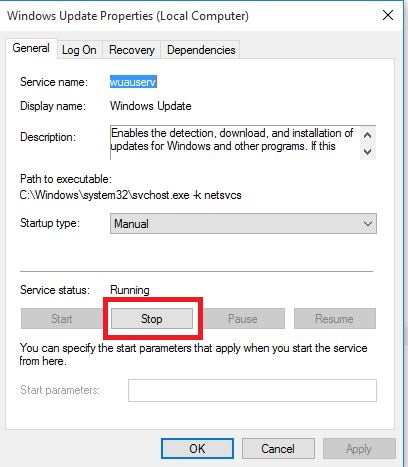


Use the SetError method to display the error icon next to the target control and display a specified error message when the user hovers the mouse over the error icon. This method sets the error description string for the specified control.
#SINK ERRORPROVIDER BLINK CODE#
Examples The following code example demonstrates using the ErrorProvider class to notify the user of a data entry error. Exceptions ArgumentOutOfRangeException The value is less than zero. This property controls whether the error icon blinks when an error is set.īlinks when the icon is already displayed and a new error string is set for the control.Īlways blinks when the error icon is first displayed, or when an error description string is set for the control and the error icon is already displayed. The rate, in milliseconds, at which the error icon should flash. Use this property to increase or decrease the blink rate of the icon. This property controls the rate in milliseconds at which the error icon blinks. Use this property to change the icon used to indicate an error. Specifies constants indicating when the error icon, supplied by an ErrorProvider, should blink to alert the user that an error has occurred. The example sets error icon options using the BlinkRate and. The example creates a Form that contains a TextBox control, a NumericUpDown control, and a ComboBox control, each validating its content, and an ErrorProvider for each control. In the case where you wish to display different icons or styles, you will need to use multiple ErrorProvider controls. The following code example demonstrates using the ErrorProvider class to notify the user of a data entry error. You can use a single ErrorProvider for multiple controls. Use the ErrorProvider if you want to notify the user that there is an input error by flashing an icon next to the input control. Provides a user interface for indicating that a control on a form has an error associated with it. System.Object System.MarshalByRefObject (, System.IDisposable) ErrorProvider( Rating: 5 / 5 Please Rate ErrorProvider Control Tap OK to permit the Blink app to scan the QR code. To scan a QR code, the Blink app requires permission to access the camera on your mobile device.
#SINK ERRORPROVIDER BLINK SERIAL NUMBER#
The serial number is also printed as a QR code. The Add Device screen displays your device options. public class ErrorProvider : : Hierarchy From the home screen, tap the Add Device + icon. To clear the error condition, call SetError() for the control with an empty string ("").

The alternative is to use the SetError() method, which allows you to set specific error text for any control. The simplest is to set the DataSource property to refer to a, and you will automatically get errors displayed for any rows that have a column error (either set by the framework, or with the () method). But, you made me look it some more and I found that if I set the blinking style to: myErrorProvider.BlinkStyle .AlwaysBlink Its causing the text and the icon blink for ever, but if I set it to: myErrorProvider.BlinkStyle. There are two principle modes of operation. (See ErrorBlinkStyle for more information about this). The icon can also be made to blink using the BlinkRate and BlinkStyle properties. Id like to be able to set it to blink twice. The position at which an icon should appear is set using the Get / SetIconAlignment() and Get / SetIconPadding() methods. The red icon produced by the ErrorProvider blinks 6 times. You can also set a specific Icon if the default red circle with a white exclamation is not to your taste or culture. This happens automatically if the ErrorProvider is dropped onto a designer surface. When the user hovers the mouse over the icon, a ToolTip appears containing some text descriptive of the error.įirst, you must set the ContainerControl property to the container for the controls that need validation. This component allows you to display a small Icon next to a Control to indicate that there is something wrong with the user input.


 0 kommentar(er)
0 kommentar(er)
